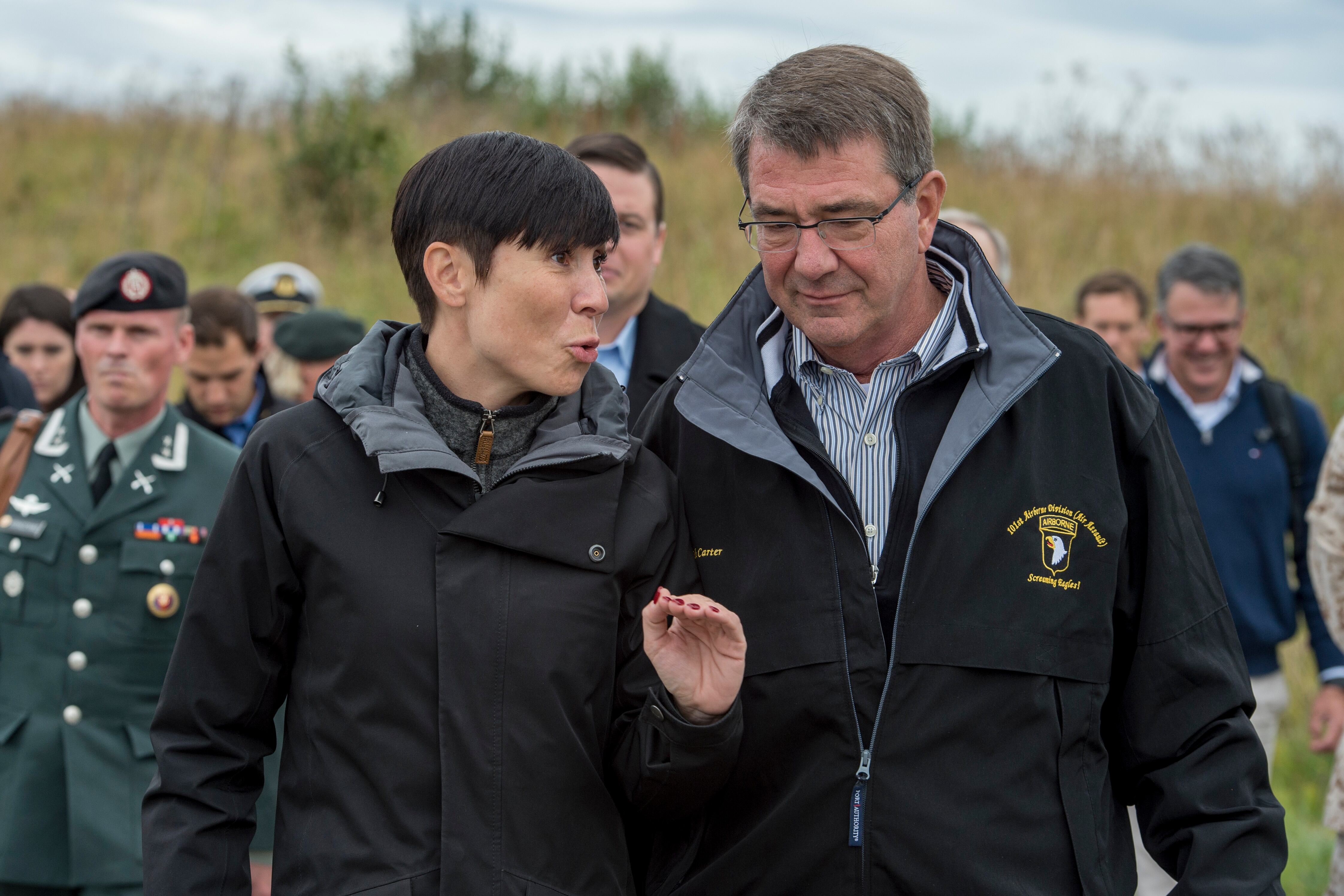WASHINGTON — As NATO reportedly considers the creation of two new commands, the alliance’s senior military officer has said a review is needed for how it is currently organized.
Earlier this week, The Wall Street Journal reported that NATO leadership is considering the creation of two new commands. The first command would focus on logistics and how to quickly move troops and materiel around Europe in case of a conflict. The second would be charged with protecting the sea lanes in the Arctic and the Atlantic, a major concern given Russia’s emphasis on rebuilding its submarine fleet.
Speaking in Washington, Gen. Petr Pavel, chairman of NATO’s Military Committee, declined to comment directly on the report, as nothing has been formally decided. But he acknowledged talks are ongoing, with plans to finalize a new structure of the alliance during a February 2018 meeting.
The current NATO structure “was useful for a time of peace, but now there are some deficiencies for crisis and especially for conflict,” Pavel said at an event hosted by the Defense Writers Group. “These deficiencies were identified, and we also reflected new challenges, such as cyber and hybrid warfare, and all these require some adjustments to our structure.”
“We didn’t want to draft anything on a blank sheet of paper. We start where we are, with existing structures and existing resources, and our effort is to adjust it to fit the requirements, not to reconstruct it,” Pavel added.
He also acknowledged that any major change to NATO’s structure requires figuring out funding, which is a result of “political will” from the 29 allied nations.
RELATED

The oceanic-focused command will likely find support in two key NATO allies. Officials from Norway and the U.K. have been particularly alarmed by Russia’s activities in the upper Atlantic, with Norwegian officials privately pushing for the creation of a NATO command to handle the issue.
Speaking more broadly, Pavel said he believes NATO itself does not need to take control of more direct assets, such as the alliance’s AWACS fleet, aircraft with airborne warning and control systems.
“I don’t think there is a need for it,” Pavel said, noting that “forces are available to our [supreme allied commander] in peacetime that are sufficient to handle the first crisis situation, and then the procedures allow other assets to be transferred.”
Aaron Mehta was deputy editor and senior Pentagon correspondent for Defense News, covering policy, strategy and acquisition at the highest levels of the Defense Department and its international partners.







